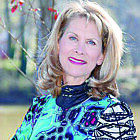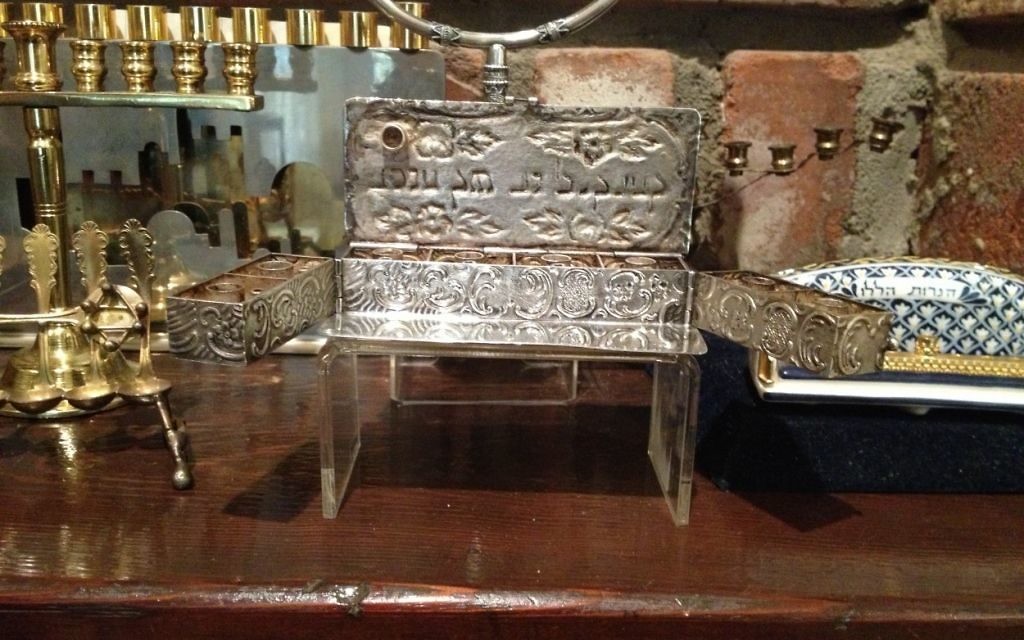Chanukiahs Light Up Centuries and Cultures
Doris and Marty Goldstein have gathered some of the most interesting and sentimental menorahs and chanukiahs as an expression of their Judaica collection.
Growing up, I only heard the term menorah, so what is a chanukiah? The difference is that the chanukiah is a special type of menorah that is lighted only during the festival of Chanukah; it has
nine branches.
Get The AJT Newsletter by email and never miss our top stories Free Sign Up
A regular menorah has seven branches, one for each day of the week, and lacks the out-of-place holder for the shamash, or helper candle. The menorah is a symbol of the Jewish faith and may be lighted any time of year.
Doris got the impetus to gather her collection when she completed her term as the president of the Ahavath Achim Sisterhood in 1975. She received a gift of a replica of a 17th century French chanukiah.
“After that first one, Marty and I became interested in acquiring others on our travels and began actively looking,” she said. “None of our collection is from family members, although I did find one which was the same design as I had in my house growing up, which I jumped at the chance to purchase.”
Most of the roughly 45 pieces in the collection most are metal — brass, silver plate, sterling silver or cooper. Others are ceramic.
“I guess the most unusual metal is the brass casing from a shell that had been crafted into a chanukiah by an Israeli soldier,” Doris said.
The Goldsteins tried to acquire pieces from each country in which Jews lived. Many are from pre-1948 Israel made by the famous Bezalel Art School, which was founded in the early 1920s.
“We have one from Damascus and several from northern Africa, Eastern and Western Europe,” Doris said. “It is important to remember that so much authentic Judaica was looted, melted and destroyed over the centuries, so that most items that are older than 18th or 19th century are in museums. I would guess that our oldest piece is early 19th century; that is only an educated guess. There are so many fakes that this can be risky business.”
What happens at the Goldstein house during Chanukah?
“It would be impossible to light most of our collection. So many require wicks and oil, which can be messy and not very satisfying. We always light one we received as a wedding gift: a typical Israeli blue and brass, what you could buy in the late ’50s and ’60s. When we have guests during the holiday, we have one for each person; when it is only Marty and me, we each light a different one,” Doris said.
“Real collectors are never finished. Would I like to have one from the 17th century Jewish community of Kaifeng, China? You bet!”






comments